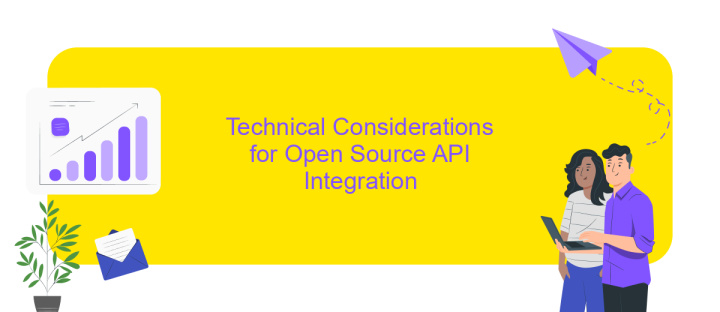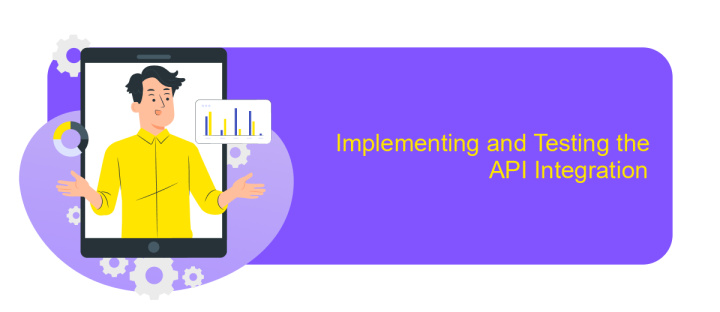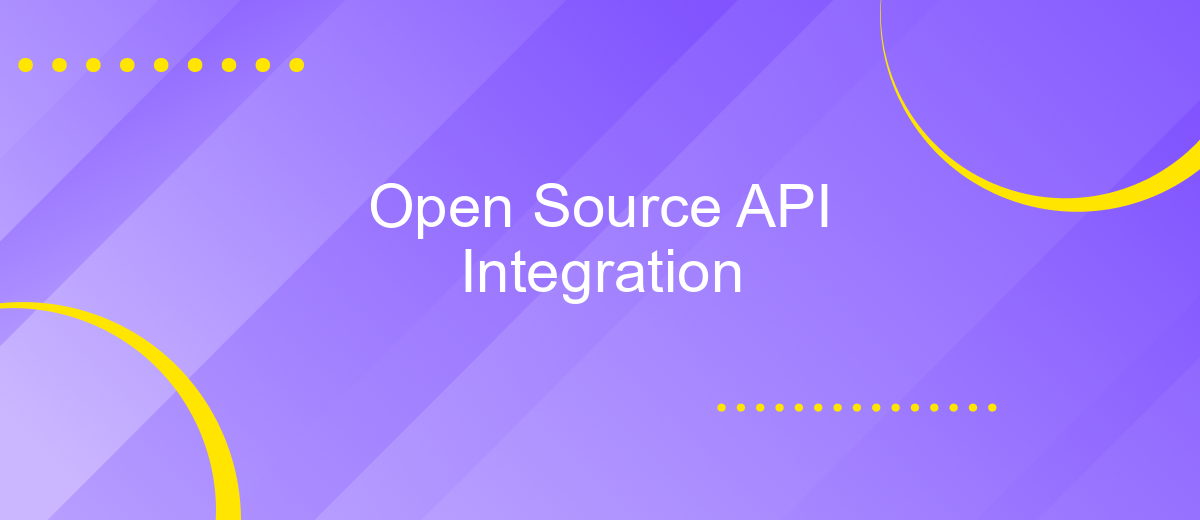Open Source API Integration
Open source API integration has become a cornerstone for modern software development, offering flexibility, cost-efficiency, and innovation. By leveraging open source APIs, developers can seamlessly connect diverse applications, enhance functionality, and accelerate project timelines. This approach not only fosters collaboration and transparency but also empowers businesses to adapt quickly to evolving technological landscapes, ensuring they remain competitive in an ever-changing digital world.
Understanding Open Source APIs and Their Benefits
Open Source APIs are publicly accessible interfaces that allow developers to integrate various software applications and services. These APIs are developed and maintained by communities or organizations and are freely available for use, modification, and distribution. By leveraging open source APIs, developers can access a wealth of functionalities without having to build them from scratch, thus accelerating the development process and fostering innovation.
- Cost-effectiveness: Open source APIs eliminate licensing fees, reducing development costs.
- Flexibility: Developers can customize and adapt APIs to meet specific needs.
- Community Support: A vast community of developers contributes to improvements and troubleshooting.
- Transparency: Open source code allows for thorough inspection and auditing for security and performance.
- Interoperability: These APIs facilitate seamless integration across diverse platforms and technologies.
Embracing open source APIs not only enhances the efficiency and effectiveness of software development but also encourages collaboration and knowledge sharing within the tech community. This collaborative approach leads to more robust and versatile solutions, empowering businesses to stay competitive in a rapidly evolving digital landscape. As open source projects continue to grow, their APIs will play an increasingly crucial role in shaping the future of technology.
Choosing the Right Open Source API for Your Needs

When selecting an open-source API for your needs, it's crucial to first define your project requirements. Consider the functionality you need, the programming languages you're comfortable with, and the level of community support available for the API. Evaluate the API's documentation, as comprehensive guides and active forums can significantly ease the integration process. Additionally, consider the API's scalability and security features, ensuring they align with your project's long-term goals.
Integrating APIs can be streamlined using services like ApiX-Drive, which offer user-friendly platforms to connect various applications without extensive coding. Such tools can facilitate the testing and deployment of APIs, allowing you to focus on optimizing your project's core functionalities. ApiX-Drive, for instance, provides a seamless way to automate workflows and manage data transfers between applications, making it an excellent choice for those seeking efficient API integration solutions. By leveraging these services, you can ensure that your chosen API not only meets your current needs but is also adaptable to future challenges.
Technical Considerations for Open Source API Integration

When integrating open-source APIs, it is crucial to consider several technical aspects to ensure a smooth and efficient process. Open-source APIs offer flexibility and community support, but they also come with unique challenges that require careful planning and execution.
- Compatibility: Ensure that the API is compatible with your existing systems and technologies to avoid integration issues.
- Documentation: Evaluate the quality and completeness of the API documentation to facilitate understanding and implementation.
- Security: Assess the security features of the API and implement necessary measures to protect sensitive data.
- Scalability: Consider the API's ability to handle increased loads and future growth requirements.
- Community Support: Leverage community forums and resources for troubleshooting and best practices.
Addressing these technical considerations can significantly enhance the success of your open-source API integration project. By focusing on compatibility, documentation, security, scalability, and community support, you can mitigate potential risks and maximize the benefits of using open-source solutions. This strategic approach ensures that your integration is robust, secure, and capable of supporting your organization's evolving needs.
Implementing and Testing the API Integration

Implementing an API integration involves meticulous planning and execution to ensure seamless connectivity between systems. Begin by thoroughly understanding the API documentation, which will provide insight into the endpoints, authentication methods, and data formats required. It's crucial to set up a development environment to test the integration without affecting live systems.
Once the groundwork is laid, proceed with coding the integration. Utilize appropriate libraries and tools to streamline the process and handle potential errors gracefully. Pay attention to data mapping and transformation to ensure compatibility between systems. Regularly commit code to a version control system to track changes and collaborate effectively with team members.
- Review the API documentation thoroughly.
- Set up a dedicated development environment.
- Utilize libraries for efficient coding.
- Implement error handling and data transformation.
- Commit code regularly for version control.
Testing the API integration is a critical step to verify its functionality and reliability. Conduct unit tests to validate individual components and integration tests to ensure seamless interaction between systems. Use automated testing tools to streamline the process and identify potential issues early. Finally, document the integration process and test results to facilitate future maintenance and updates.


Maintaining and Updating Your Open Source API Integration
Maintaining and updating your open source API integration is crucial for ensuring seamless functionality and security. Regularly monitor the API documentation for any updates or changes that may affect your integration. Keeping your codebase in sync with the latest API versions helps prevent compatibility issues and leverages new features. Additionally, implementing automated testing can catch potential problems early, allowing for a more robust integration. Security should also be a priority; ensure that authentication methods are up-to-date and that data handling complies with the latest standards.
Utilizing tools like ApiX-Drive can simplify the process of updating and maintaining your API integrations. ApiX-Drive offers a user-friendly interface that allows you to automate workflows and manage integrations without extensive coding. This can be particularly beneficial for non-developers or small teams looking to streamline their operations. By leveraging such tools, you can reduce manual effort and focus on optimizing your integration's performance and reliability. Regularly revisiting your integration strategy and utilizing available resources will help maintain a robust and efficient API integration over time.
FAQ
What is an Open Source API Integration?
How can I start integrating an Open Source API into my project?
What are the benefits of using Open Source APIs?
How do I handle authentication when integrating an Open Source API?
Can automation tools help with Open Source API Integration?
Time is the most valuable resource for business today. Almost half of it is wasted on routine tasks. Your employees are constantly forced to perform monotonous tasks that are difficult to classify as important and specialized. You can leave everything as it is by hiring additional employees, or you can automate most of the business processes using the ApiX-Drive online connector to get rid of unnecessary time and money expenses once and for all. The choice is yours!

